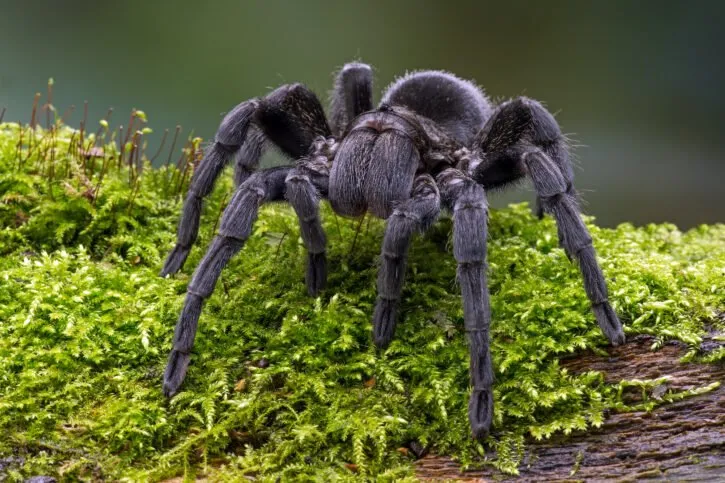What Makes a Tarantula “Biggest”
When we talk about the “biggest” tarantulas, we are usually referring to two primary measurements: leg span and body size. These impressive arachnids capture the fascination of many, and understanding how their size is determined is key to appreciating these creatures. Generally, the overall size of a tarantula contributes to its position on the ‘biggest’ list, but the specific metrics used can vary, and both leg span and body mass are important factors. There is always a certain level of ambiguity in ranking the ‘biggest’ due to various measuring methods, but it’s clear these spiders are sizable animals and their impressive proportions deserve acknowledgment.
Leg Span vs. Body Size
Leg span is often the most cited measurement. This is the distance from the tip of one leg, stretched out, to the tip of the opposite leg on the other side of the body. This measurement gives a good indication of the spider’s overall size and the area it covers. Body size refers to the length and width of the tarantula’s body itself, excluding the legs. While a large leg span indicates a broad reach, a larger body often signifies a greater mass. Both are important, as they both have a significant impact on the overall impression of size. Some tarantulas might have a shorter leg span but a bulkier body. Other spiders may have a vast leg span but a relatively smaller body, thus each measurement provides different insights.
Factors Influencing Tarantula Size
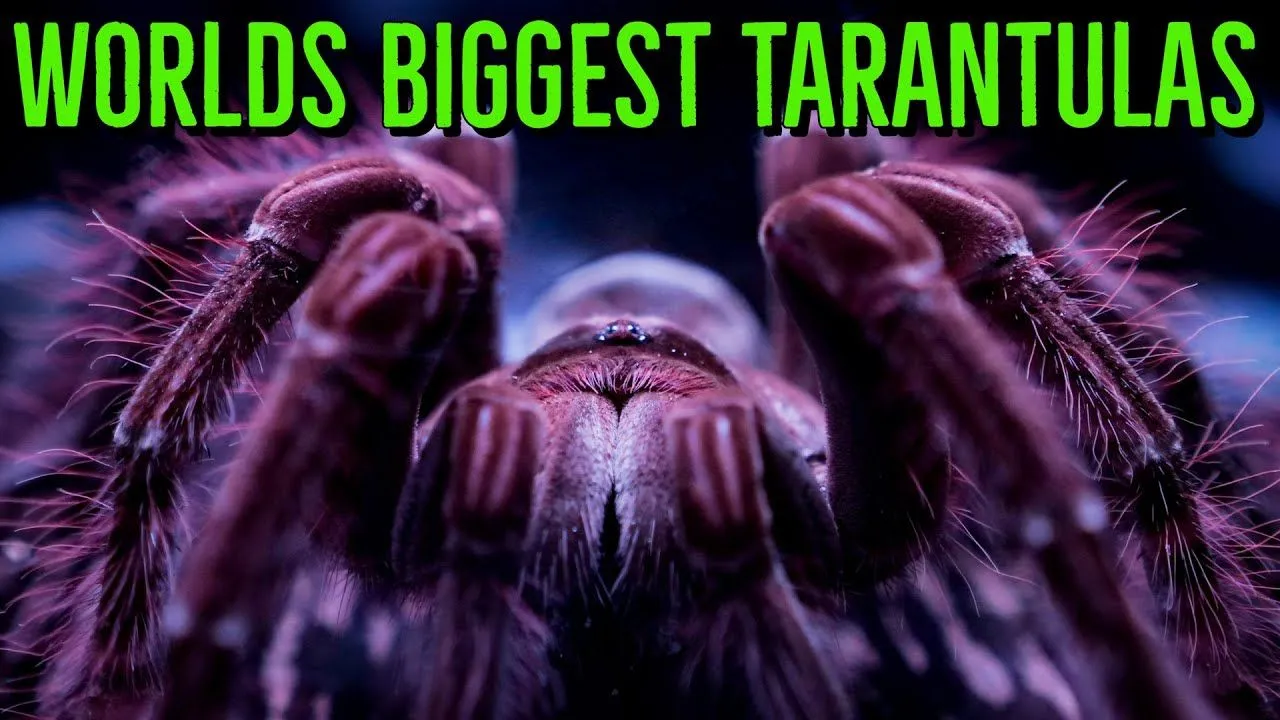
Several factors influence a tarantula’s ultimate size. Genetics play a significant role, with certain species naturally growing larger than others. Diet and nutrition are also critical. A well-fed tarantula, provided with a consistent and appropriate diet, will typically reach its full potential size. Environmental conditions like temperature and humidity can also influence growth rates. The availability of food and the spider’s overall health condition contribute to its development. Captive tarantulas often have better nutrition and controlled environments, which is why they might sometimes appear larger than their wild counterparts. Therefore, a combination of genetic makeup, living conditions, and diet largely influences how big a tarantula gets.
Top 5 Biggest Tarantulas in the World
Goliath Birdeater (Theraphosa blondi)
Size and Habitat
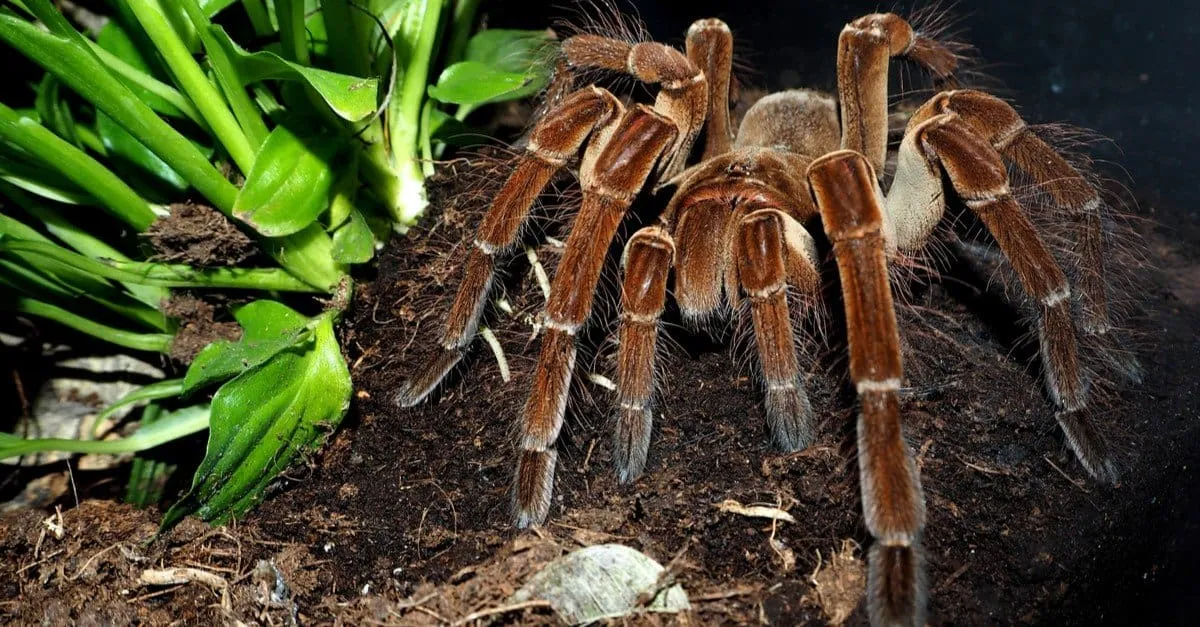
The Goliath Birdeater, as its name suggests, is one of the largest tarantulas, sometimes boasting a leg span of up to 12 inches. Originating from the rainforests of northern South America, particularly in regions like Suriname, Guyana, and French Guiana, they construct burrows in swampy or marshy areas. Their size and weight are truly impressive, with some individuals weighing over six ounces. These giants are well-camouflaged, utilizing their environment to their advantage, and their size makes them formidable predators in their natural habitat. They are truly the behemoths of the spider world, and their presence is a testament to the biodiversity of the rainforests they call home. This species is often considered the largest tarantula in terms of mass.
Diet and Behavior
Despite its name, the Goliath Birdeater rarely preys on birds. Their diet predominantly consists of insects, but they are opportunistic hunters and have been known to consume small vertebrates like lizards and even small snakes. These spiders are nocturnal hunters, ambushing prey from their burrows or when they are out and about at night. They inject venom to subdue their prey, which then starts the digestive process. Despite their imposing size, they are generally not aggressive towards humans unless provoked. Their behavior is mostly solitary, spending most of their time either inside their burrow or hunting in the dark.
Pinkfoot Goliath (Theraphosa apophysis)
Size and Habitat
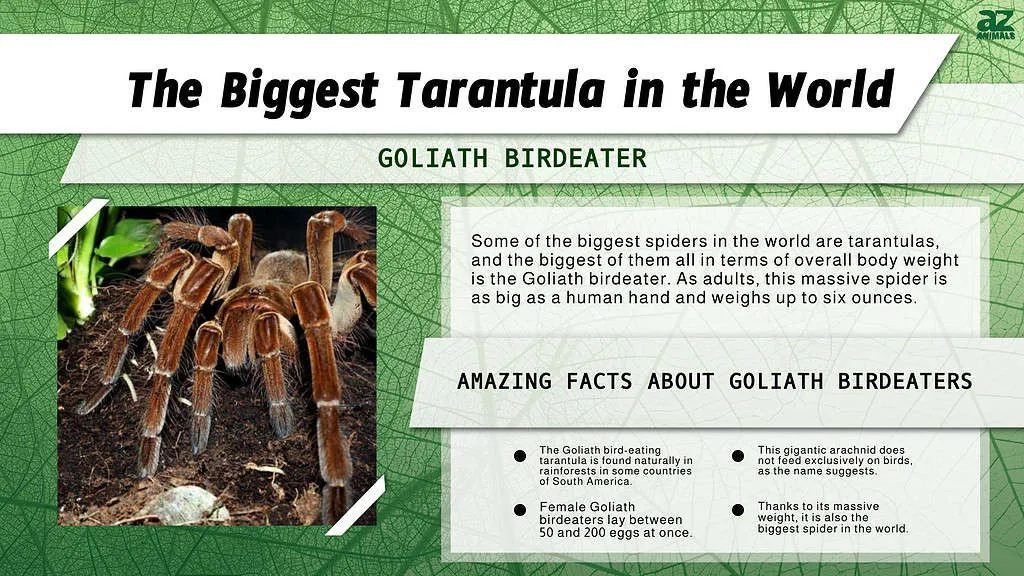
The Pinkfoot Goliath is another member of the Theraphosa genus, and a close relative to the Goliath Birdeater. Known for the distinctive pink coloration on their feet, these spiders are slightly smaller than the Goliath Birdeater. They are found in the rainforests of northern South America, with their habitat similar to the Goliath Birdeater. Though somewhat smaller in leg span, the Pinkfoot Goliath is still a large and impressive spider, capable of reaching impressive sizes. They are fascinating creatures. The Pinkfoot Goliath’s physical features are unique, which further differentiates them from other species in the same genus. They are similar in build to the Goliath Birdeater, but with specific characteristics that make it easily identifiable.
Diet and Behavior
The diet and behavior of the Pinkfoot Goliath are quite similar to the Goliath Birdeater. They are opportunistic hunters, preying primarily on insects and other invertebrates. Small vertebrates, such as rodents and lizards, may also become part of their menu. These tarantulas are nocturnal hunters, ambushing prey from their burrows. Their hunting tactics are a mix of patience and precision. The Pinkfoot Goliath, like its larger cousin, generally avoids confrontations with humans unless feeling threatened. They prefer to remain hidden and are mostly active at night.
Huntsman Spider (Heteropoda venatoria)
Size and Habitat
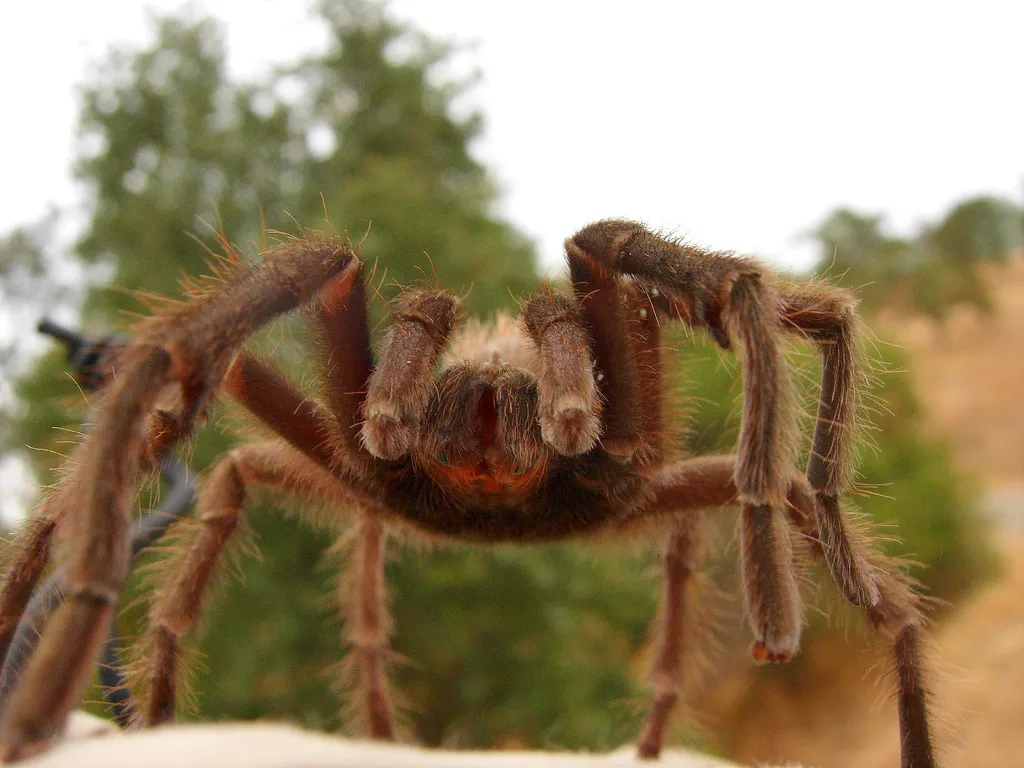
The Huntsman Spider, also known as the Giant Crab Spider, is well-known for its large size and impressive leg span, often reaching up to 12 inches. Unlike the burrowing habits of many tarantulas, Huntsman Spiders are known for their preference for living in crevices and under the bark of trees. They are distributed across a wide range, including tropical and subtropical regions worldwide. The Huntsman Spider is identifiable by its flat body, allowing it to squeeze into narrow spaces, and their unique leg positioning. These spiders have a distinct appearance that sets them apart from other tarantulas.
Diet and Behavior
The Huntsman Spider is an active hunter, preying on insects, and even other spiders. They are known for their speed and agility when hunting, which makes them successful predators. Huntsman Spiders do not build webs to catch prey but rather actively pursue their targets. They are frequently found inside homes, where they help control pests such as cockroaches and crickets. Despite their size and intimidating appearance, the Huntsman Spider is not aggressive towards humans and seldom bites. Their behavior is typically more focused on hunting and avoiding threats than initiating conflicts.
Brazilian Giant Blonde (Lasiodora parahybana)
Size and Habitat
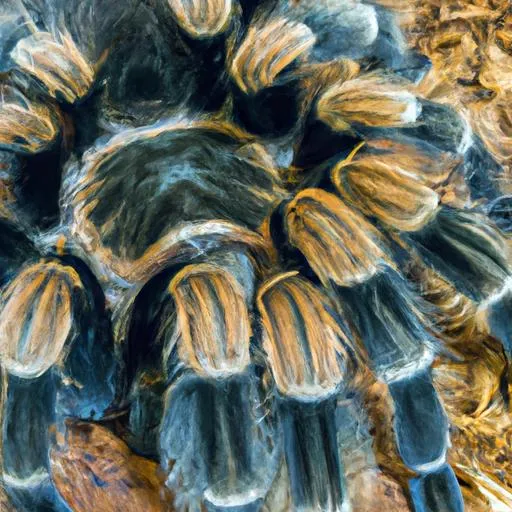
The Brazilian Giant Blonde is another large tarantula species that is often listed among the biggest. With a leg span that can reach up to 10 inches, they are considered one of the largest tarantulas. They are native to the rainforests of Brazil. Their habitat consists of moist, humid environments where they can burrow and hunt effectively. This species is characterized by its brownish coloration and the blonde hairs covering its legs and body. Their large size and distinctive appearance add to their appeal for many spider enthusiasts.
Diet and Behavior
The diet of the Brazilian Giant Blonde consists mainly of insects, although they have been known to eat small vertebrates. Like other tarantulas, they are opportunistic hunters. They are nocturnal and spend their days in burrows, emerging at night to search for food. While the Brazilian Giant Blonde can be defensive, they are generally not overly aggressive. They typically prefer to retreat rather than confront, but they can bite if they feel threatened. Their behavior is centered on hunting and self-preservation within their environment.
Tiger Rump Tarantula (Psalmopoeus irminia)
Size and Habitat
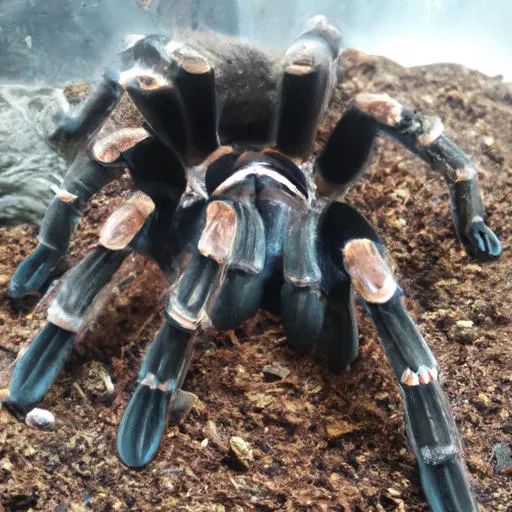
The Tiger Rump Tarantula, while not the largest in terms of leg span, is still a sizable species, with a leg span reaching about 6 inches. Originating from Guyana and Venezuela, they are arboreal spiders, which means they live in trees. These spiders can often be found in moist, humid environments in forests. Their distinctive striped patterns on their abdomen give them their name. This spider stands out in terms of both size and appearance. Their arboreal lifestyle and unique appearance set them apart from many other tarantula species.
Diet and Behavior
The Tiger Rump Tarantula is a fast-moving and skittish spider. They are ambush predators, feeding primarily on insects. They are arboreal, so they hunt from their perches in trees. Their venom is considered mild, and they are not usually aggressive towards humans. Their behavior is characterized by their speed and agility, making them captivating to observe in their natural habitat. They are not usually aggressive, but they can be defensive if they are provoked.
How to Care for a Giant Tarantula
Enclosure Requirements
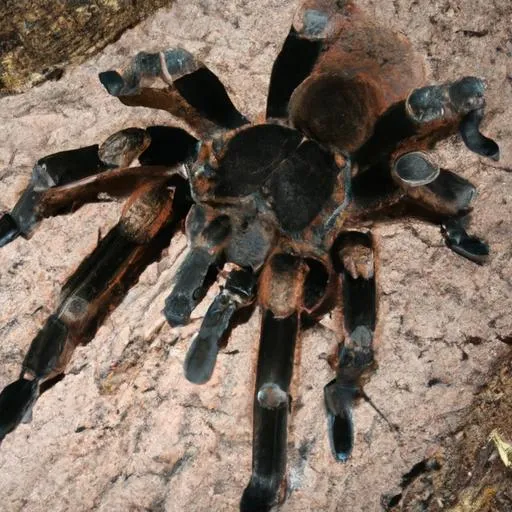
Caring for a giant tarantula requires a well-planned enclosure to meet their needs. A suitable enclosure should be large enough to accommodate the spider’s size and provide ample space for movement. The enclosure must be escape-proof. It also needs to have appropriate substrate, like coconut fiber or peat moss, to provide a suitable environment for burrowing. Adequate ventilation is crucial to prevent the buildup of moisture. The enclosure should also include a water dish for hydration and hiding spots for security. The correct type and size of enclosure is essential for the health and well-being of a giant tarantula.
Feeding and Hydration
Feeding a giant tarantula involves providing appropriate food items like crickets, mealworms, and roaches. The size of the prey should be proportionate to the spider’s size. They generally need to eat once a week, but the frequency depends on the spider’s age and activity level. Fresh water should be always available. Ensure the water dish is shallow to prevent the spider from drowning. Hydration is critical for maintaining the spider’s health, and having clean water is paramount.
Handling and Safety
Handling giant tarantulas should be approached with caution. While many tarantulas are not aggressive, they can bite if they feel threatened. It’s best to avoid handling them unless necessary. Always wash hands after contact with a tarantula. If you must handle your tarantula, do so with extreme care, ideally while sitting on the floor or close to the ground. This reduces the risk if the spider falls. Be aware of the spider’s body language and be careful with their urticating hairs. It’s important to remember that safety is the top priority when handling a tarantula.
Conclusion The Majesty of Giant Spiders
The world of giant tarantulas is a fascinating one, filled with creatures of impressive size and unique adaptations. From the Goliath Birdeater to the Brazilian Giant Blonde, these spiders are not just big; they are also beautiful and display a wide range of behaviors and characteristics. Studying these spiders provides a valuable insight into biodiversity and the amazing world around us. Whether you’re a seasoned arachnid enthusiast or a curious observer, the size and majesty of these giant spiders are sure to captivate. Their existence is a testament to the incredible diversity of life on our planet.
